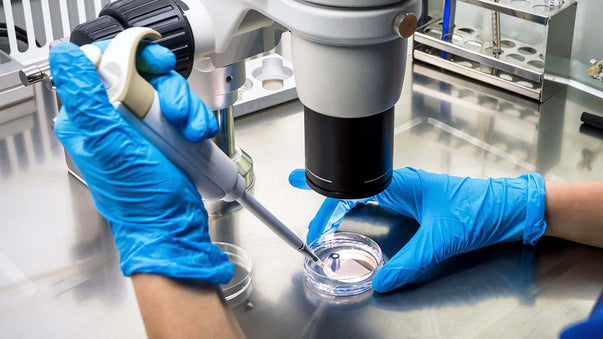McEwen’s Epigenetic Clock Measures Child Development

Small chemical changes to DNA, known as epigenetic changes, alter how genes are expressed in certain tissues and cells. Some of these changes happen as a person ages. And others may be in response to a person’s environment or life experiences.
These epigenetic changes can be used to accurately predict a person’s age from a DNA sample. Or, if a person’s epigenetic age differs from their actual age, it can indicate differences in health, including age-related diseases and early mortality.
Therefore, it is possible to develop “aging clocks” based on epigenetic changes. Epigenetic clocks include the Horvath, Hannum, Levine, and Zhang aging clocks, described in previous posts. They measure aging processes at the molecular level.
A 2019 study published in PNAS describes a molecular clock that could reshape how pediatricians measure and monitor childhood growth. And it could allow for an earlier diagnosis of life-altering development disorders. The study describes a method specifically designed for children, called the Pediatric-Buccal-Epigenetic (PedBE) clock. It measures chemical changes to determine the biological age of a child’s DNA.
"This powerful and easy-to-use tool could be used by clinicians to identify why some children aren't meeting early milestones and potentially diagnose children with developmental disorders earlier in life," said Lisa McEwen, first author on the study, in a press release issued by University of British Columbia. "This would enable doctors and pediatricians to intervene sooner in a child's life leading to better outcomes for kids."
The PedBE clock was developed using DNA methylation profiles from 1,032 healthy children, whose ages ranged from a few weeks old to 20 years. DNA methylation is an epigenetic change by which chemical tags are added to the DNA molecule. It can change the activity of a DNA segment without changing the sequence.
The researchers found 94 different sites in the genome that, when tested together, could accurately predict a child’s age to within about four months. The researchers also found that children who spent longer in the womb showed an accelerated rate of DNA change by three months, demonstrating that this tool could be used to indicate an infant’s developmental stage. The analysis can be done cheaply and efficiently on cells collected from a cheek swab.
"We have a good idea how these DNA changes occur in adults, but until now we didn’t have a tool that was specific for children," said Michael Kobor, senior author of the study. "These DNA changes occur at very different rates in kids and so we adapted this technique for younger ages."
In a small pilot study, the researchers also found that children with autism showed a higher PedBE “age” than those considered to be developing typically. This suggests that the clock could be used to screen for autism.
“The fact that our pediatric clock was able to distinguish between typically developing children and those with autism in this small experiment demonstrates the powerful potential of this tool,” added Kobor. “Although more research is needed to confirm this, these results show that the PedBE clock could be an important factor in evaluating how children develop.”
More Articles
Read more articles at Thrivous, the human enhancement company. You can browse recent articles in Thrivous Views. See other Aging Clock articles. Or check out an article below.
-
Cellular Reprogramming for Tissues in Living Body
Researchers at Indiana University have developed a silicon device that can change skin tissue into blood vessels and nerve cells. ...
-
Using Viruses to Cure Cancer
Researchers at Arizona State University have reviewed a class of viruses that act to combat rather than cause cancer. They ...


